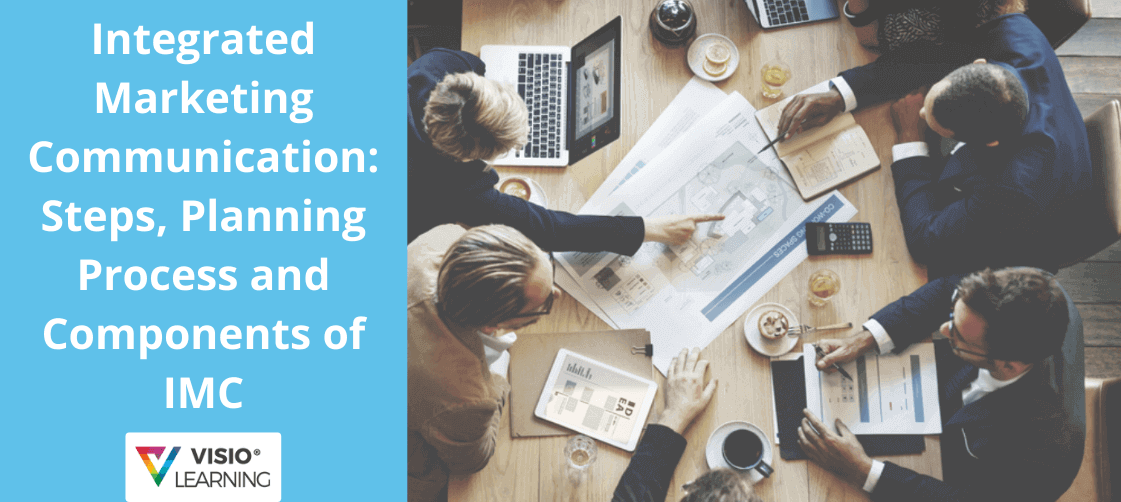
Integrated marketing communication is a doorway to achieve marketing objectives. It happens through the usage of well-coordinated promotional programs. Therefore, these programs strengthen each other. Although, integrated marketing communication is successful primarily within B2B and B2C companies. And can be helpful for small retailers who can’t afford to outsource marketing operations. However, from large global brands to non-profit organizations, this model applies to almost all companies.
Moreover, within the IMC plan, the company or organization thoroughly integrates and synchronizes its communicational channels. They do it to produce distinct and consistent messages about the brand. For instance, you probably think that your marketing is the best in the world. But in reality, people will forget it very soon if they only experience it once or twice. So, to make an impact, here comes Integrated Marketing Communication or IMC to the rescue.
What is the Importance of Integrated Marketing Communication?
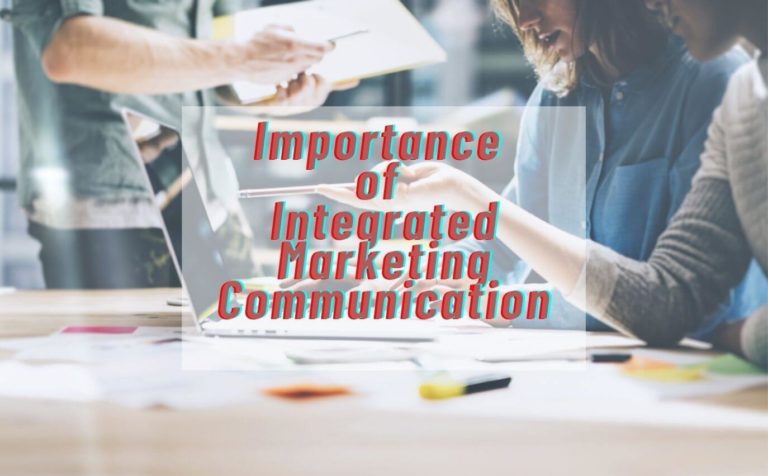
Have you ever thought about why Burger King is continually advertising? Although, there is pretty much no one who doesn’t know Burger King and what they have to offer. Besides, there is one Burger King on almost every street. So why do you think they still advertise? Because there is a powerful potential in reminding consumers about your brand. Yes, uniquely, even if they are already aware of your presence.
In other cases, you may want to change the understanding of your brand’s values and what it offers. In that case, integrated marketing communication is extremely necessary. And this is why constant messaging over channels is so essential. Actually, without it, your messages will lose to make an impression. In fact, let’s face it, you will just be frustrated with your business if it fails. For example, the foundation of Starbucks’ strength in IMC is twofold. Firstly, consistent branding, and secondly, consistent customer recognition. As a result, the Starbucks brand is undeniable visually. Consequently, they’ve always understood the value of benefits. On top of that, they also promote their brand with birthday gifts, delivering via postal mail to customers like an actual present.
Integrated Marketing Communication Planning Process
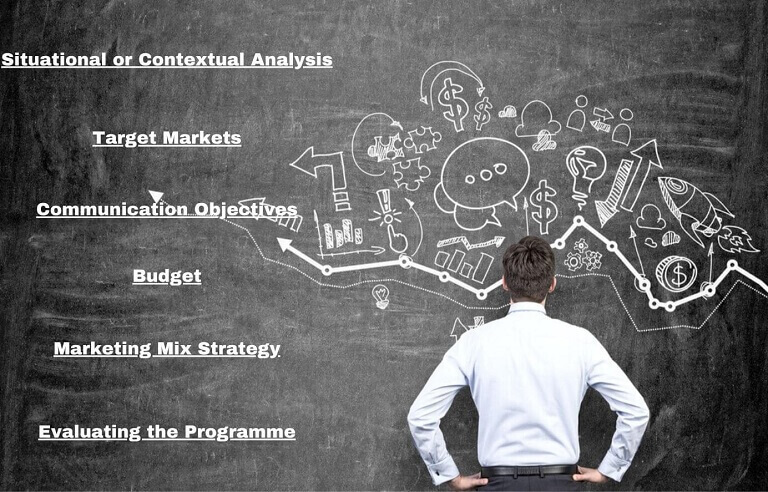
The IMC planning process includes giving a communication or message to a consumer. This message must be transparent, consistent, and compelling. Therefore, it is crucial for managing the communication mix with target audiences better. And also secure a strong market position through brand differentiation.
Moreover, planning provides directions to create and deliver brand messages. Also, it offers new possibilities for companies to generate added value for their customers. Furthermore, the IMC process ensures that it can track the messages being delivered to consumers and clients every step of the way.
According to professionals, the IMC process consists of six steps described below:
1. Situational or Contextual Analysis
2. Target Markets
3. Communication Objectives
4. Budget
5. Marketing Mix Strategy
6. Evaluating the Programme
Step 1: Situational or Contextual Analysis

Firstly, the IMC planning process includes conducting a situational or contextual analysis. Also, it can involve a SWOT (Strengths, Weaknesses, Opportunities, and Threats) analysis. And also an external and internal environmental analysis.
Step 2: Target Markets

Secondly, decide who your target markets are. Then map them on a demographic and psychographic level. Lastly, you need to determine WHAT benefits you will offer to your consumer. Coupled with, WHY they would purchase your product.
Step 3: Communication Objectives

Thirdly, your IMC planning process would be to decide the communication objectives. The objectives that your company has to communicate to the public and its target audience. Some examples of communication objectives are:
- Developing brand awareness
- Changing customer beliefs
- Enhancing brand image
- Increasing sales
- Reinforcing purchase decisions
Step 4: Budget

The fourth is to fix the budget of your company. The types of budgets can vary from company to company. A budget can depend on the percentage of sales, percentage of profit, and partly on competitiveness.
Step 5: Marketing Mix Strategy
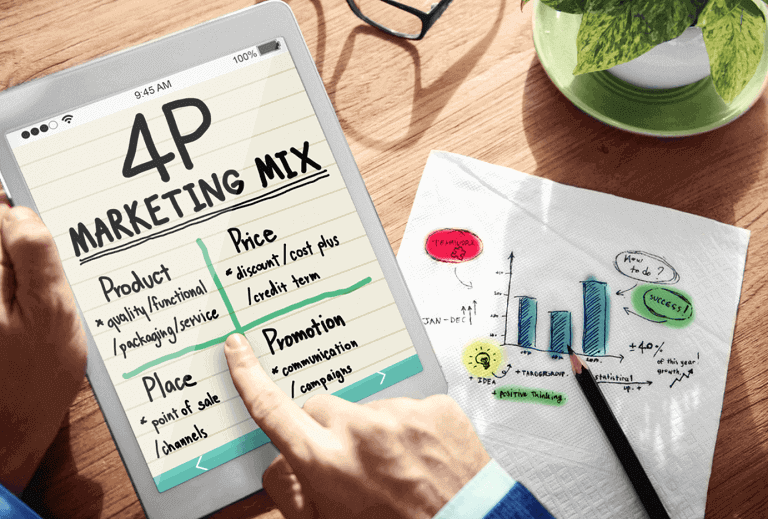
The marketing mix is a mix of 4Ps- Product, Price, Place, and Promotion. Therefore, it is a set of tactical marketing tools. A company uses it to produce its desired response from its target audience. Besides, this set has everything that a company can offer to affect its product demand.
Step 6: Evaluating the Programme

Finally, the last step of the IMC planning process is assessing the programme. Specific social media metrics can do this by analysing online traffic. Similarly, you can do it by using Google Analytics, sales, and social media tools. Indeed, these tools will allow you to track engagement with particular items.
8 Most Beneficial Integrated Marketing Communication Tools
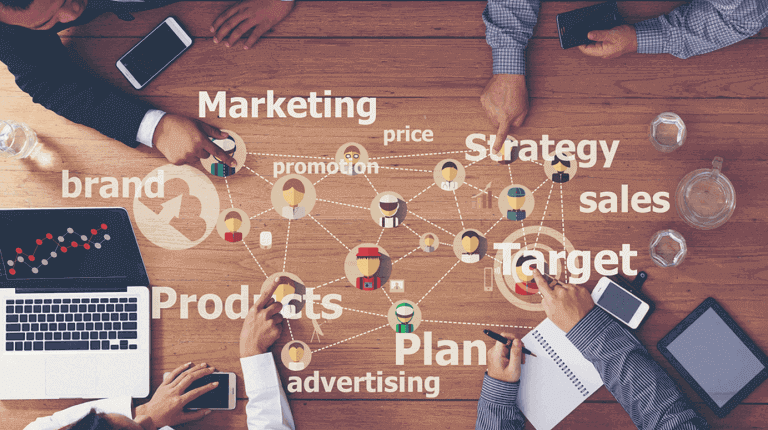
To this end, what are the most beneficial Integrated Marketing Communication Tools? Let us go through with the 8 most beneficial tools now. Which are:
1. Advertising
2. Sales promotion
3. Direct marketing
4. Mobile marketing
5. Social media marketing
6. Personal selling
7. Public relation activities
8. Sponsorship
Advertisement
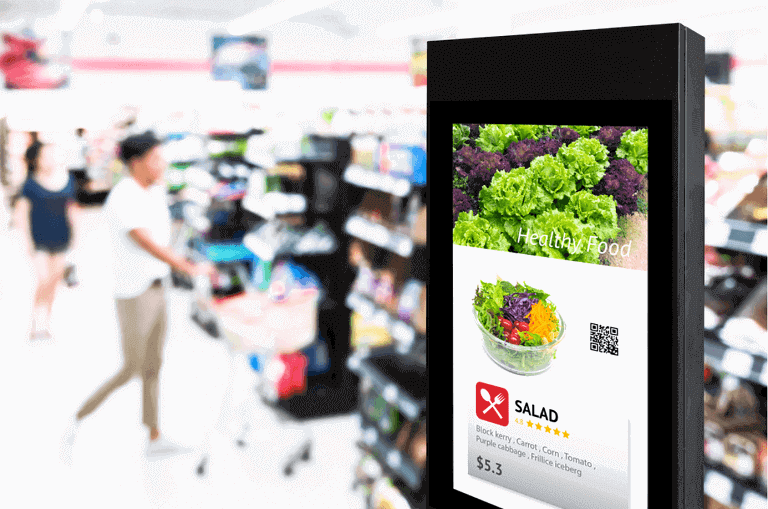
Advertisement is one of the most productive methods of all time. Firstly, advertisements help with brand promotion. Secondly, it allows businesses to attain a wider audience within the least possible time frame. Also, advertisements in newspapers, television, radio, billboards help the brand to gain trust from the people. Besides that, it motivates them to purchase again and remain faithful to the brand.
As a result, advertisements improve the consumption of a particular product or service. And also create brand awareness amongst customers. Moreover, through ads, marketers need to ensure that the right messages reach the right customers at the right time.
Sales Promotion

Sales promotions like discount coupons, loyalty clubs, membership coupons promote brands. Also, incentives, lucrative schemes, attractive packages, specially designed deals can promote brands. In addition, newspaper inserts, danglers, banners, glorifiers, and wobblers can promote brands effectively.
Direct Marketing
Direct marketing facilitates companies to interact directly with the end-users. Therefore, emails, text messages, catalogues, brochures, promotional letters are direct marketing tools. As a result, information reaches end-users straight through direct marketing.
Mobile Marketing
Mobile marketing is interacting with customers through mobile by sending them text messages. Besides, it is the most affordable traditional means of promotion, for sure.
There is considerable disagreement as to how willing consumers are to receive marketing communications via their mobile devices. The study in the opening example, (Barwise and Strong, 2002) found evidence that mobile could be a highly effective way of reaching consumers. Their response could be pretty positive to marketer’s text messages.
Many media planners are already allocating budgets and implementing mobile marketing communications programs.
Social Media Marketing

Social Media marketing is one of the effective tools. This channel can promote the brand or business by influencing the audience. Specifically, it is one of the low-cost promotional methods. Besides, you can target many users at once here.
Personal Selling
Personal selling is when a marketer or sales agent sells products or services directly to clients. In comparison, it is effective, especially to strengthen the bond between the buyer and the seller.
Public Relation Activities

Public relation activities can elevate a brand. Elevate through press releases, news, events, public appearances, etc. Most importantly, the motifs of Public relations activities is to present the organization or company in the best light.
Sponsorship

Sponsorship is a mixture of public relations and sales promotion. Thus, it creates brand loyalty and helps in differentiating the product or service from the competitors.
In resemblance with intense marketing competition, an expanding number of businesses choose sponsorship to expand their brand influence and gain market share. Especially the increasingly successful sports sponsorship. Therefore, sports sponsorship is of great significance to enhance brand equity.
What are the Major Steps in IMC Planning Model?
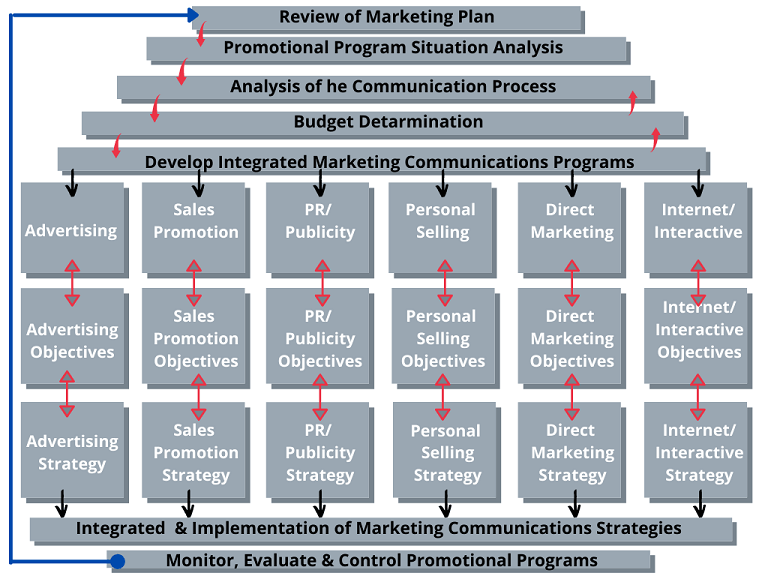
Ultimately, the 7 major steps in the IMC planning model include:
1. Review of the marketing plan
2. Promotional marketing objectives
3. Analysis of the communication process
4. Budget determination
5. Developing the integrated marketing communications program
6. Integrating and Implementing Marketing Communications Strategies
7. Monitoring, Evaluation, and Control
#1 Review of the Marketing Plan
Reviewing the marketing plan is the first step in the IMC planning process. That is a document that describes the overall marketing strategy. Besides, it also describes programs developing for an organization, a product/service line, or an individual brand.
- Detailed situation analysis
- Specific marketing objectives
- Marketing strategy and program
- Program for implementing the strategy
- Process for monitoring & evaluating the performance
#2 Promotional Program Situation Analysis

After you are done reviewing the overall marketing plan, the second step is to develop a promotional strategy to conduct the situation analysis. In particular, there are two factors that situation analysis focuses on in the IMC program:
1. Internal Analysis
2. External Analysis
#3 Analysis of the Communications Process
It is to determine how the company can communicate with consumers in the market effectively. In reality, developing communication objectives is an important element of the IMC planning process. This is especially true when it refers to what the firm seeks to accomplish with its promotional program.
#4 Budget Determination
The budget can depend on objectives, tasks, and also how much the company can afford. Therefore, two fundamental issues you must address regarding the IMC budget:
- Firstly, how much money will a company spend on marketing communication?
- Secondly, how will the money be allocated across the various Integrated Marketing Communication tools?
Below, we’ve presented a demo pie chart as an example of IMC budget determination.
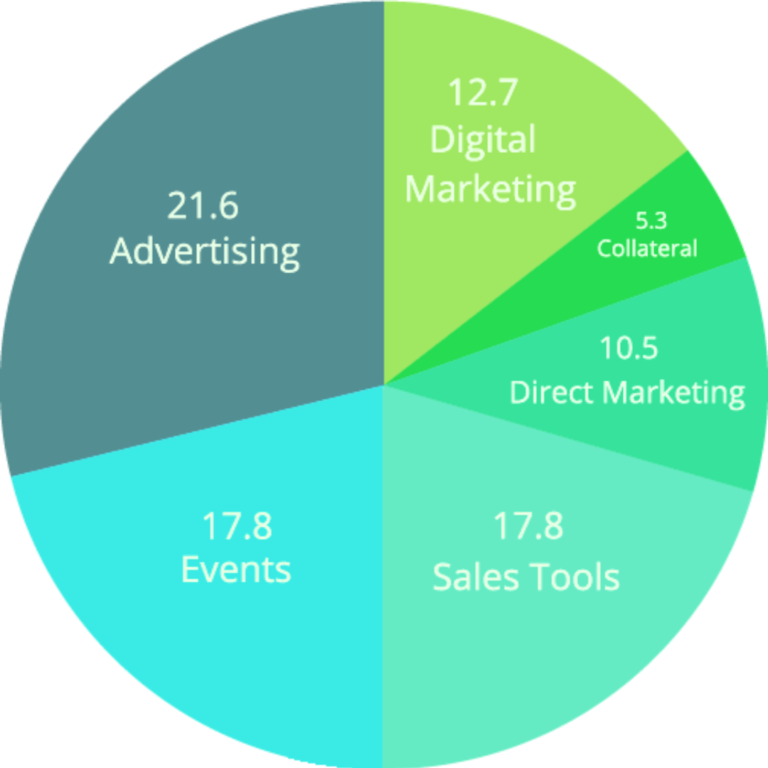
#5 Developing the Integrated Marketing Communications Program
The most affected and involved part of the promotional planning process happens at this step. As here, the decision has to make regarding the role and importance of each IMC tool. And also make the decision about their collaboration with each other. Although, each IMC tool comes with its own set of objectives, message, media strategy, and budget.
These include:
- The message, media strategy and tactics advertisement
- Marketing message, tactics and media strategy directing.
- Internet Marketing message, tactics and media strategy interaction
- Media strategy, tactics and sales promotion messaging.
- Publicity strategy or public relations and tactics
- Sales strategy and tactics on personal selling
#6 Integrating and Implementing Marketing Communications Strategies

Now, it’s time to combine the various IMC tools and taking steps to implement them. Most large companies hire external agencies to plan and develop their creative messages. Also, to strategize media as well as to implement them.
#7 Monitoring, Evaluation, and Control
Finally, the last stage of the IMC planning process requires monitoring. Evaluating and controlling the promotional program is also a part of this stage. At this stage, the team should be gathering feedback on how well the IMC program is working on balance. Whether it is meeting its objectives or not. Please note that companies will use this feedback in the next IMC planning and strategy development.
Conclusion
With the introduction of a whole host of new digital marketing channels, the integration of IMC has never been more challenging or important. Especially over the past few decades. After all, Integrated Marketing Communications is a simple but potent concept. It ensures that all forms of communications and messages are carefully linked together to your benefit. Therefore, it is a very powerful way in the growth journey of your business.
Approved Course Centre
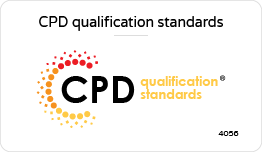
Our Courses Partners

Registered with the UK Register of Learning Providers (UKRLP)
UKPRN: 10063816

0 responses on "Integrated Marketing Communication: Steps, Planning Process and Components of IMC"